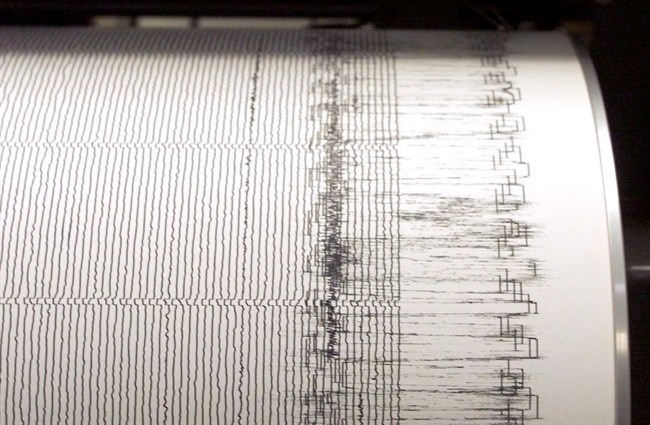A major earthquake could severely damage or destroy 38 per cent of Victoria’s buildings, a city-wide study says.
The study, commissioned by the city and conducted by VC Structural Dynamics, involved ground vibration tests at 65 locations and an analysis of a database of 13,000 buildings.
In the case of a magnitude-9 full rupture of the Cascadia subduction zone, 4,706 buildings would suffer extensive damage and 440 would be completely destroyed. It has a five per cent chance of occurring in the next 50 years. In the worst-case scenario, which has a two per cent risk over the next 50 years, up to 65 per cent of the city’s building stock could be “red-tagged,” or considered too dangerous to enter after the earthquake, it said.
Heritage buildings and those built before 1972 — including low-rise structures built with concrete, steel and reinforced masonry; un-reinforced masonry of all heights; and wood apartment buildings are at risk. Pre-1960s single-family wood homes are in the same category.
Those built on softer soil are particularly vulnerable to ground shaking, including areas of Fairfield, Gonzales and James Bay.
The study did not look at individual buildings, but is based on average properties using construction year and type as a guideline.
Earthquakes are common on the West Coast. On the weekend, a magnitude-4.0 quake centred 140 kilometres north of Powell River could be felt on Vancouver Island.
Coun. Geoff Young said cost is the most significant barrier to protecting property and lives. Ultimately, he said it will be up to the provincial and federal governments, which play a significant role in emergency response, to step in.
The city is planning to extend the 10-year tax holiday it offers for seismic upgrades of heritage buildings beyond downtown, so that it will apply to heritage buildings across the city.
But only 43 of the 205 heritage buildings downtown have taken advantage of the incentive program in the past 17 years.
“At this point, it’s really hard for a private owner to justify a seismic upgrade. They tend to be more expensive for small buildings per square foot and there’s less potential for adding more space to achieve some kind of return on your investment,” Young said.
In 2015, Los Angeles enacted the most sweeping seismic regulations in the United States when it required an estimated 15,000 buildings to be retrofitted, including brittle concrete buildings and boxy wood-frame apartment complexes built on top of carports.
In Victoria, upgrades are not mandatory.
“In B.C., once you’ve built a building, even if it’s under 1880 building codes, as long as it stays in that same use, it never requires an upgrade.”
The city has surveyed its own buildings and some have been upgraded, including a city hall 1960s addition that was upgraded with concrete posts and cross bracing 10 to 15 years ago.
But many are still vulnerable, Young said.
And while many buildings are seismically sound, they could be compromised by neighbouring buildings that aren’t, Young said.
“One impact they found in Christchurch, [New Zealand], which is a site quite like Victoria, is that some buildings were rendered dangerous to the degree that other buildings surrounding them had to be evacuated,” he said.
In 2010, a University of British Columbia study found damage to Victoria would likely exceed $430 million in a moderate to severe earthquake.
By the end of March, the province is expected to release its own neighbourhood-level risk assessment, in partnership with the federal government and the Global Earthquake Model Foundation.
Over the years, several provincial buildings have been identified as quake danger zones. A 2005 engineering report found the legislature to be at high risk of collapse, even in a moderate earthquake. A 1995 study found the provincial court house to be in a similar state.
The province has begun the process of centralizing its seismic inventory, so that priorities can be identified for schools, universities, colleges, courthouses, correctional facilities, hospitals, roads and bridges. Until recently, each ministry has been responsible for keeping an inventory of its own assets.



